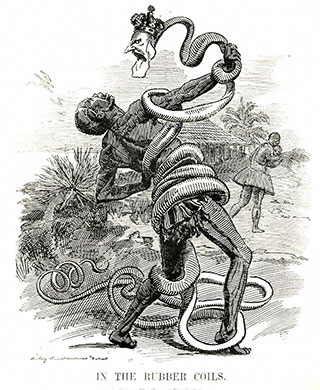Course Description
This class brings anthropological concepts to bear on contemporary movements for justice for harms committed during European colonization in Africa. Over the course of the semester, we use critical readings on topics such as violence, human rights discourse, narrating and measuring harm, memory, and group identity …
This class brings anthropological concepts to bear on contemporary movements for justice for harms committed during European colonization in Africa. Over the course of the semester, we use critical readings on topics such as violence, human rights discourse, narrating and measuring harm, memory, and group identity formation to reflect on and contribute to the work of two groups of practitioners currently engaged in claims for justice and reparations for European colonialism in Africa: in Algeria (France), and in the Congo, Burundi, and Rwanda respectively (Belgium).
Course Info
Instructor
Departments
Learning Resource Types
Readings
assignment
Written Assignments
Instructor Insights
theaters
Videos
Podcasts

“In the Rubber Coils: Scene—The Congo Free State.” A 1906 cartoon from Punch magazine depicting King Leopold II of Belgium as a serpent. His administration of the Congo Free State was characterized by atrocities and systemic brutality. (This image is in the public domain. Source: Wikimedia Commons.)










